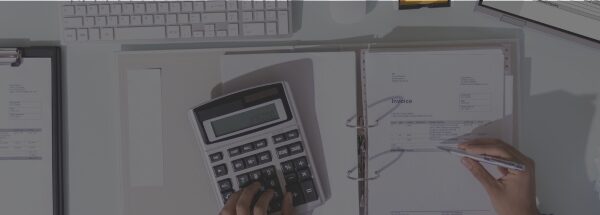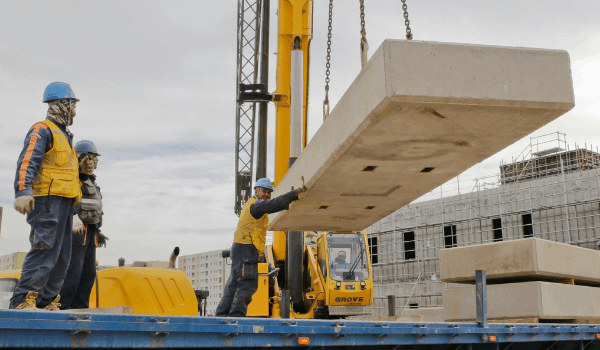
For all the technology that exists in the marketplace there is still a wall between customers and suppliers. Over the next five years we see that wall coming down and data exchange being far more important. Breaking down those walls has already started to happen in some areas: for example, if you use SmartEquip integrated with your equipment rental solution, then when a machine breaks down you can generate sales orders in the manufacturer’s solution at the same time as you generate a PO in your own.
If we spin this round and look at it from a rental customer perspective; however, the technology still has some way to go. Customer portals let customers access their account information, place orders, generate quotes but then, if they work for a large company, they have to turn round and enter a purchase order into their own system. From their perspective even though the portal reduces the time to get a quote, they still have to work with 2 systems continuously. If they cancel the rental with you, they’ve got to remember to cancel the PO in their own system.
Take another example, if you are a rental customer and have 10 preferred suppliers for your construction business. You then have 10 places to go and check on order progress, what you have on rent and all the other information that each portals provides. Ten places is a lot, individually the information is great, but collectively it’s a lot of work.
The challenge for the industry and for rental software companies is to come up with ways of automating data exchange, developing easy APIs so that if your customer wants to auto-generate a rental contract or a quote from their own PO then they can do it. Or perhaps your invoices can go straight into their AP systems so they don’t have to manually process them.
Its not a particularly radical suggestion, in the UK standard formats for data exchange were created years ago to allow the biggest construction companies to interact with the largest rental companies and to reduce the amount of paperwork. In reality, many of the largest rental companies provide “implants” to their strategic customers. Rental-company-paid employees who sit in the customer’s procurement department and process orders onto both the customer’s and the vendor’s systems.
From a software perspective there have to be solutions to these things that we can work on over the next few years. We are already working with construction companies so that they can see all their external rentals from different suppliers in one place. The rental companies that genuinely try to provide technology solutions to their customers to reduce the amount of back office transactions are likely to gain market share as customers demand quicker and easier processes.
Helen Sowerby, Director of Business Development, Wynne Systems




